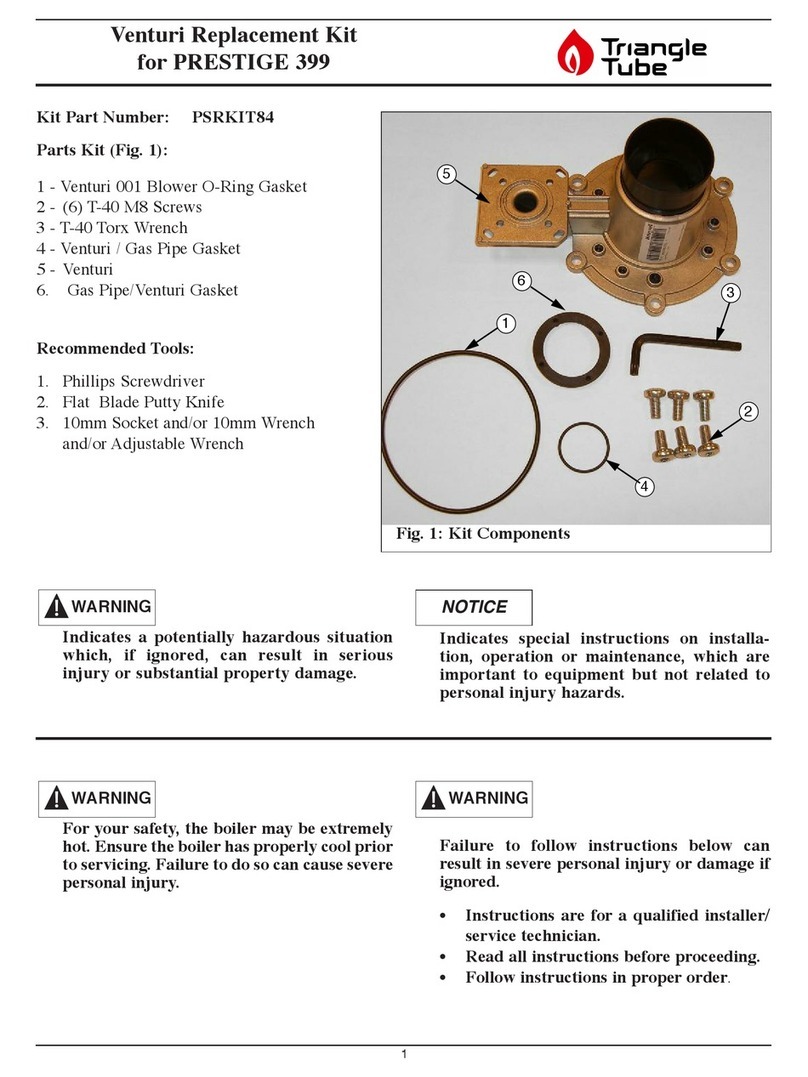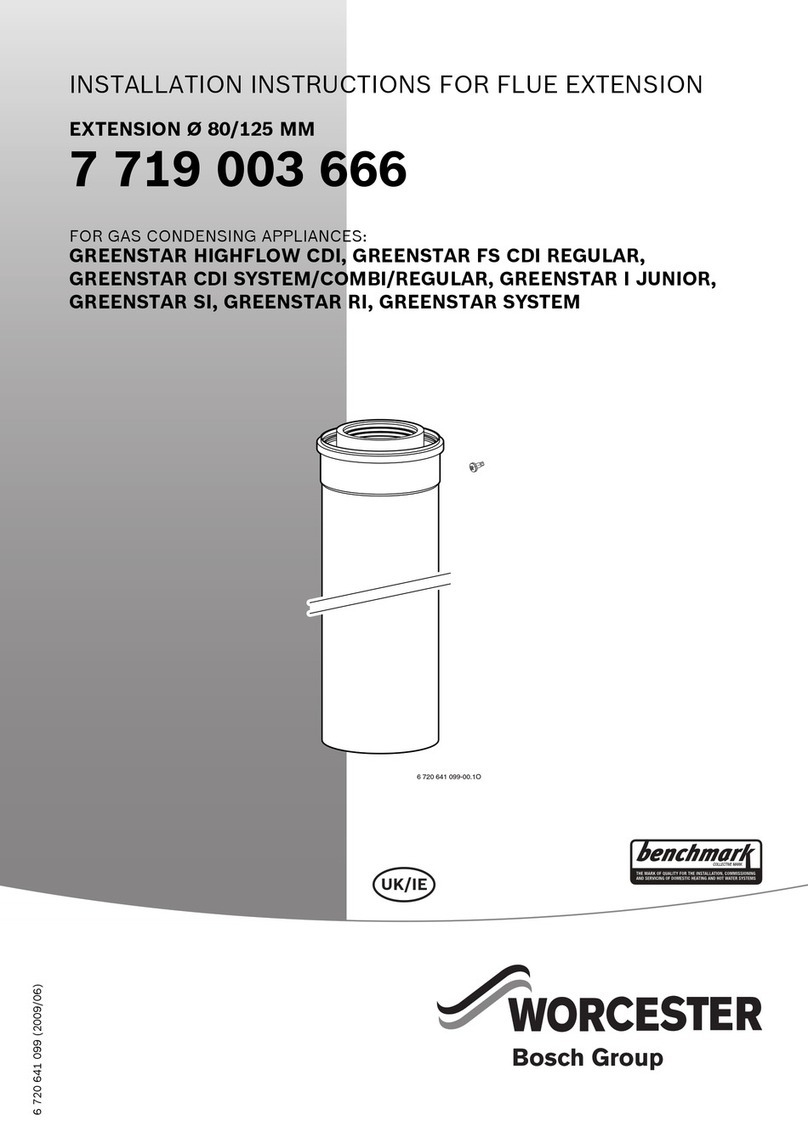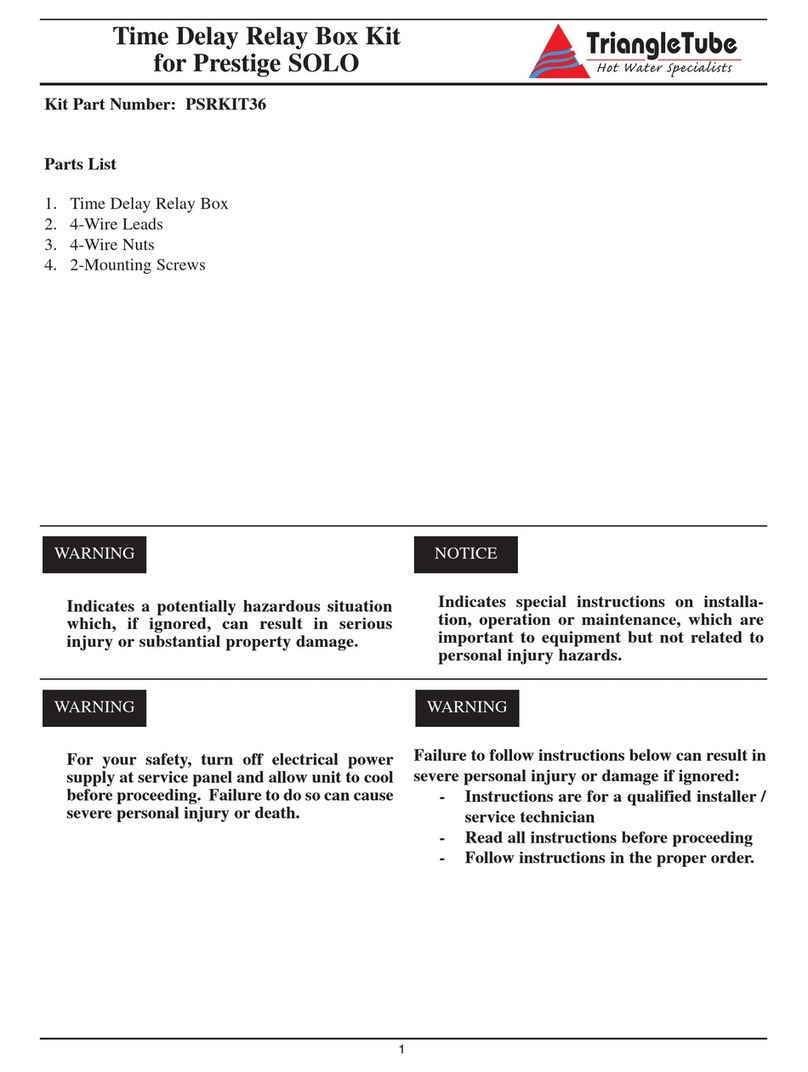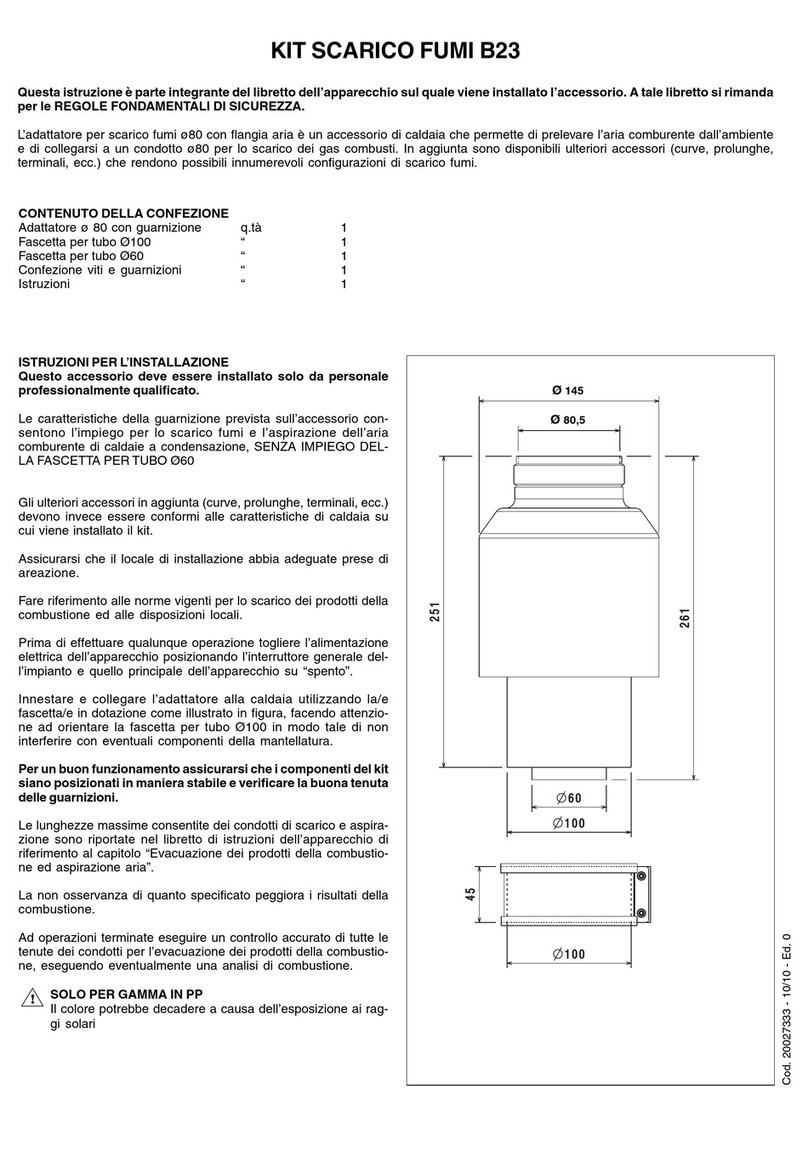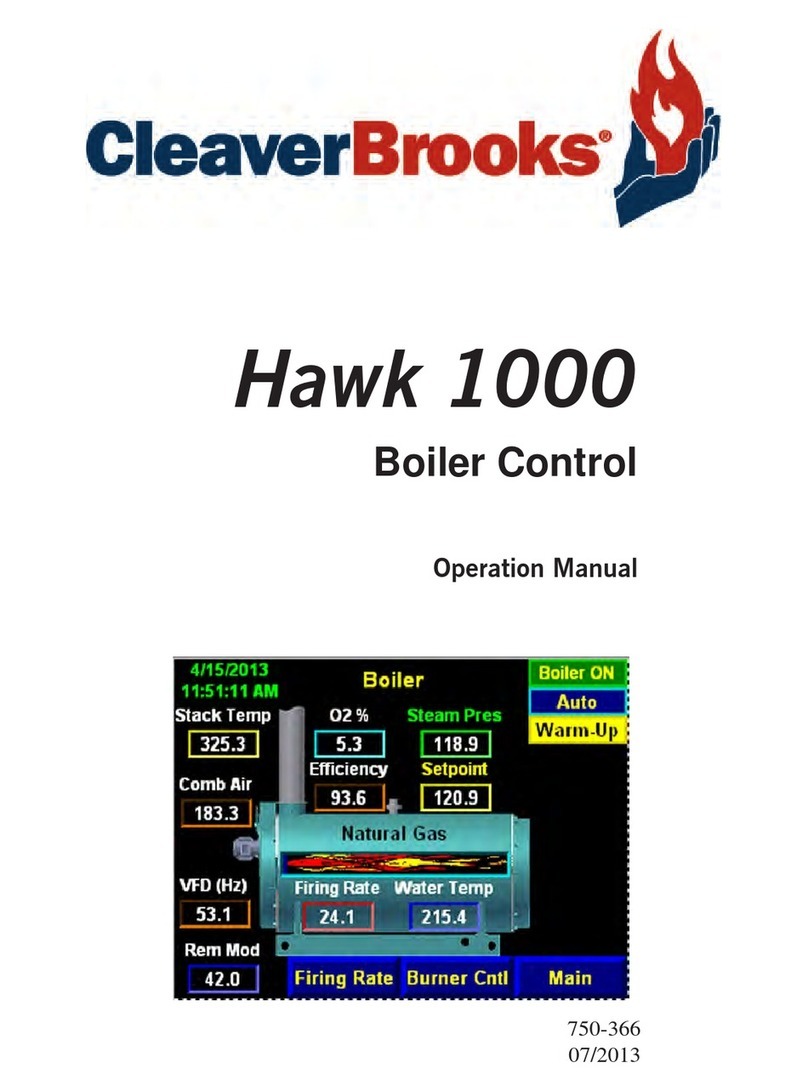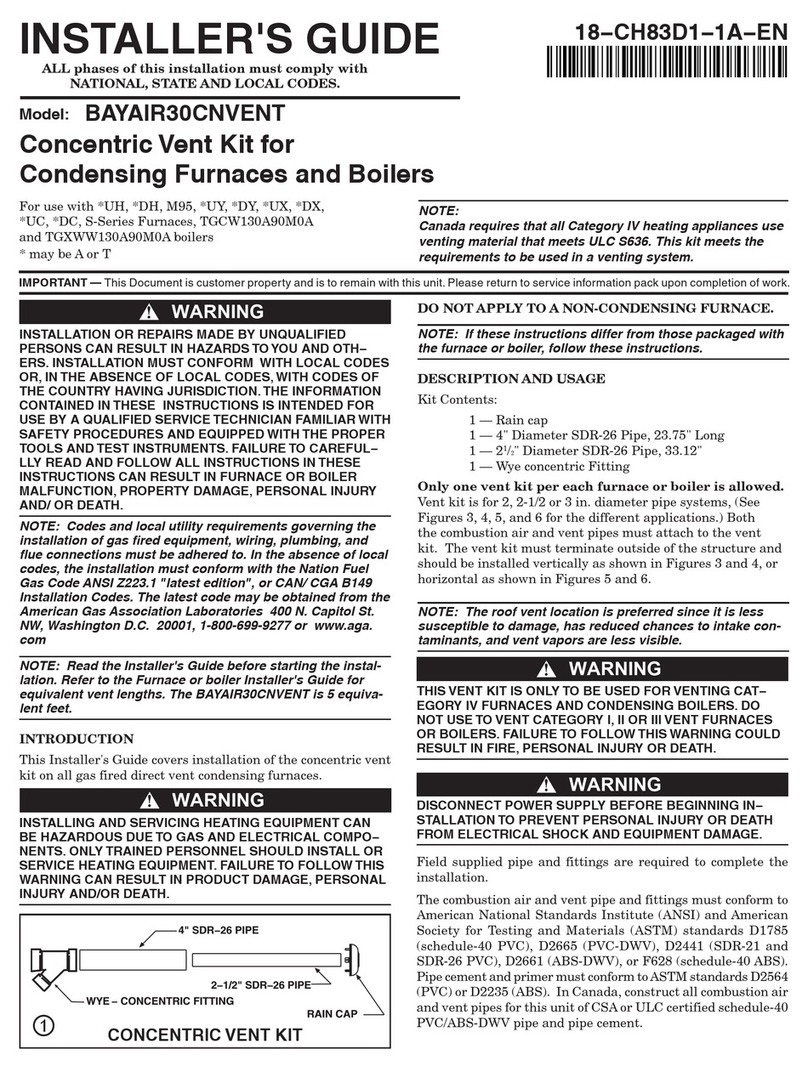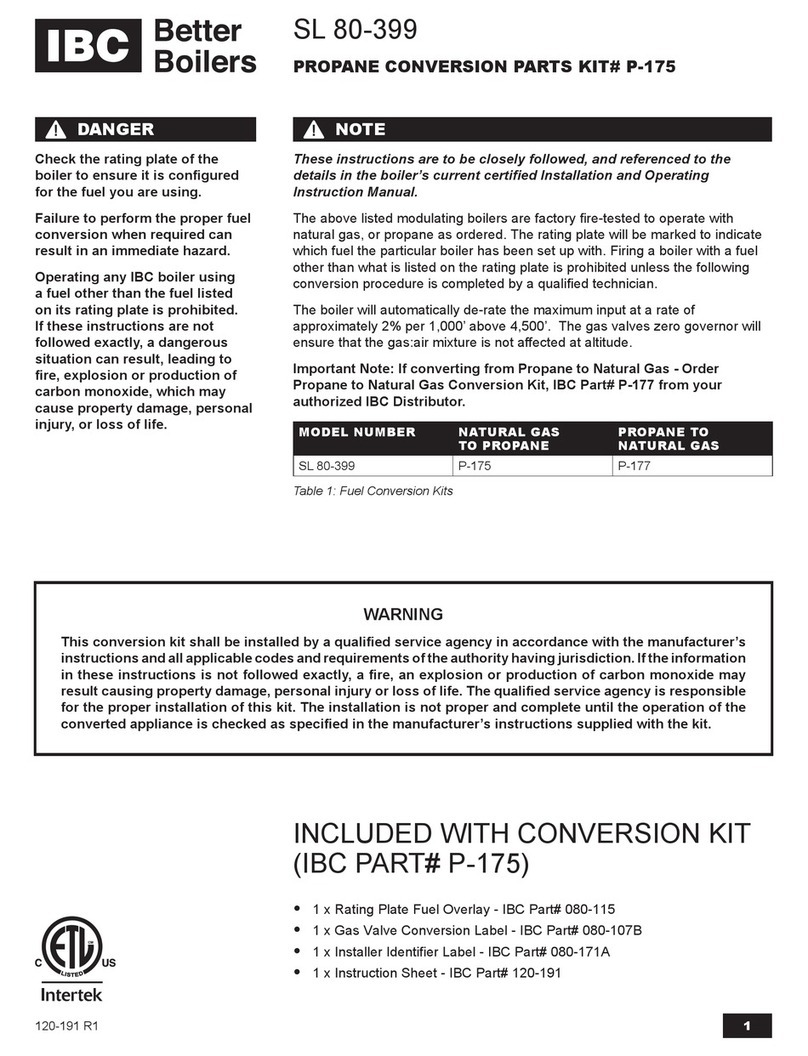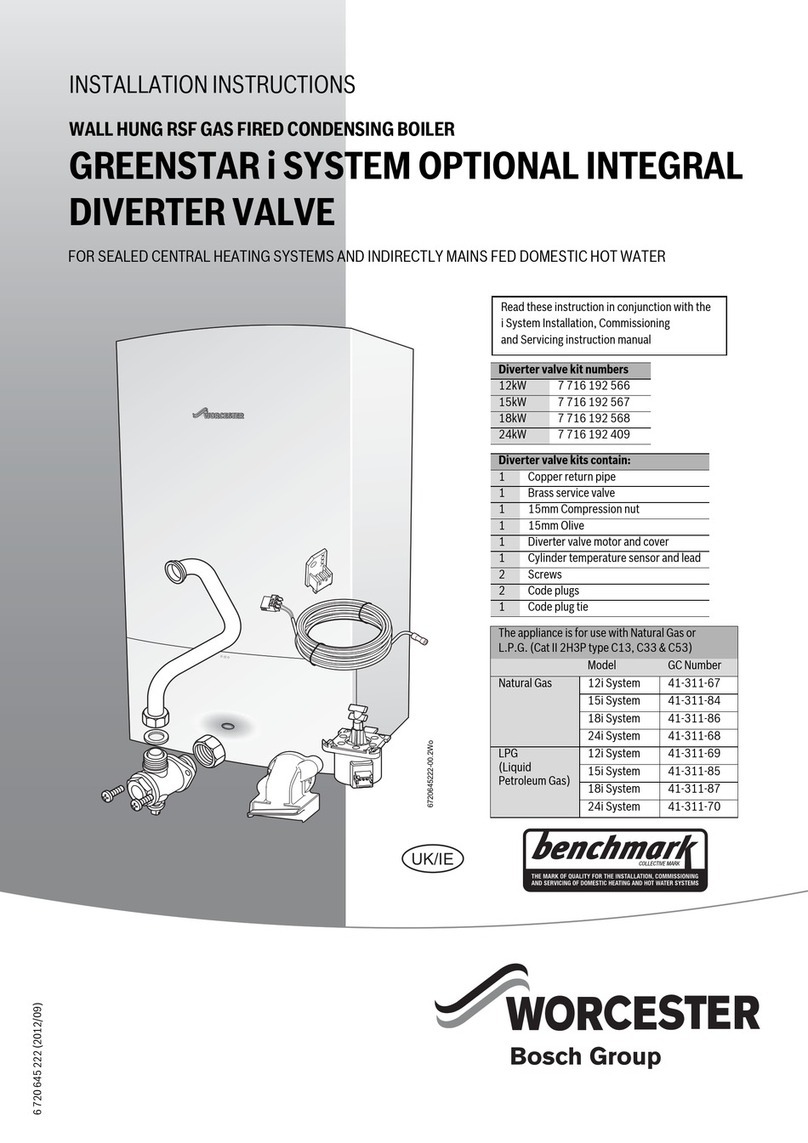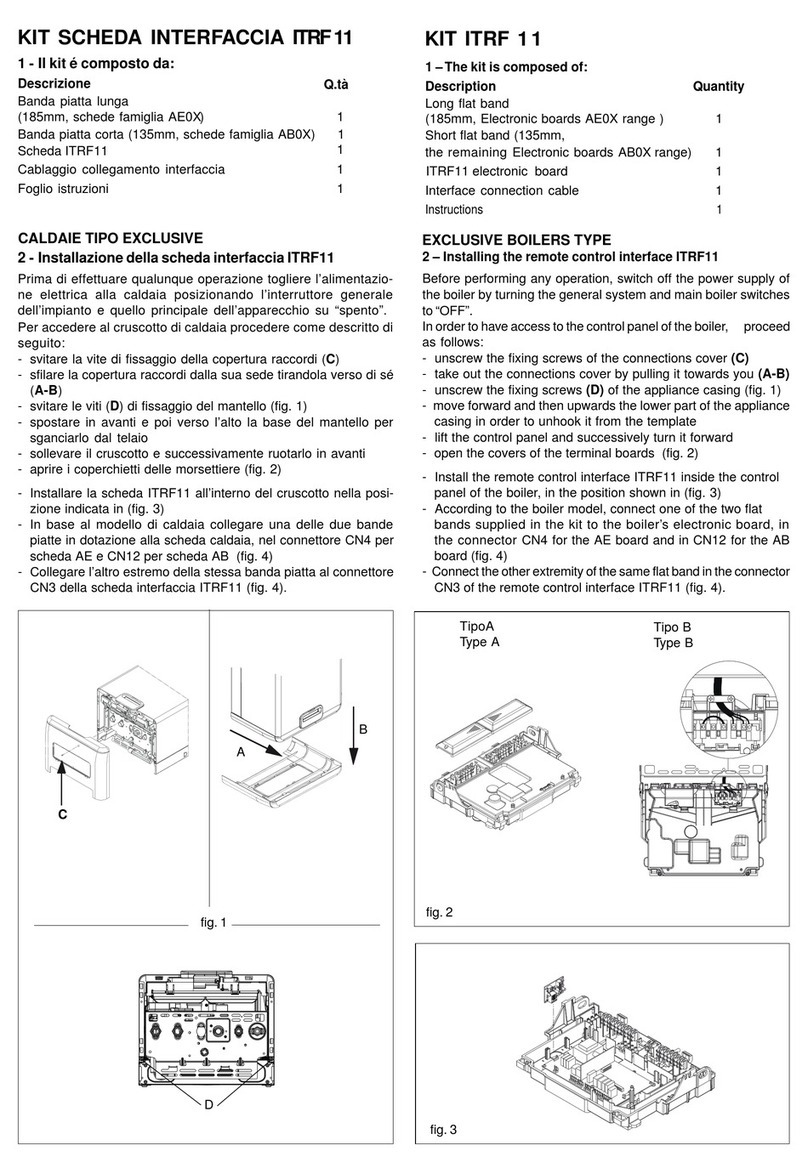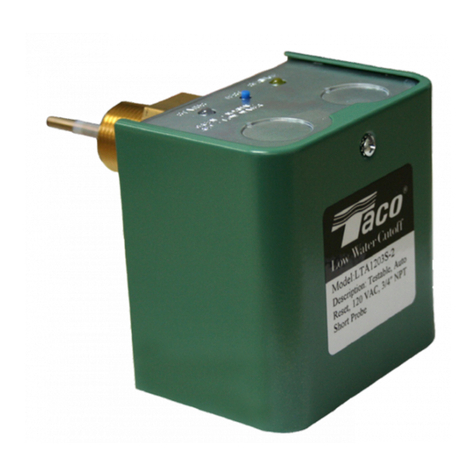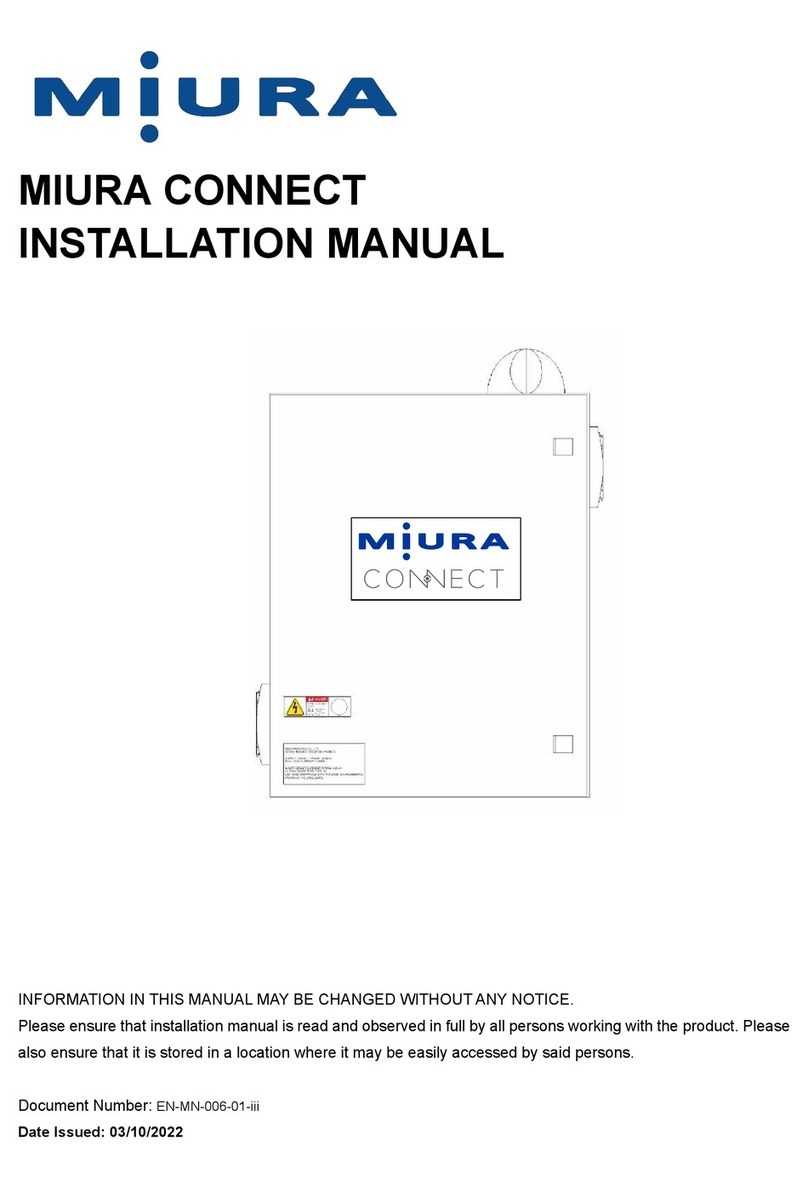
- 2 -I
ITALIANO ................................................................................................ pagina 2 - 10
ENGLISH ................................................................................................. page 11 - 19
FRANÇAIS ............................................................................................... page 20 - 28
DEUTSCH ................................................................................................ Seite 29 - 37
ESPAÑOL ................................................................................................ página 38 - 46
CAPITOLO DESCRIZIONE PAGINA
INDICE
Avvertenze generali ............................................................................................................................. 3
1. Dati tecnici .......................................................................................................................................... 4
1.1 Pentola a gas monoblocco Cat. II (Gas metano e G.P.L.) ................................................................... 4
1.2 Caratteristiche tecniche ....................................................................................................................... 4
2. Istruzioni per l’installazione ............................................................................................................... 4
2.1 Informazioni riguardanti le pentole a gas monoblocco ...................................................................... 4
2.2 Legge, norme e direttive tecniche da rispettare .................................................................................. 5
2.3 Luogo di installazione ........................................................................................................................ 5
2.4 Posizionamento ................................................................................................................................... 5
2.5 Collegamento acqua ........................................................................................................................... 5
2.5.1 Scarico acqua piano superiore (troppo pieno) .................................................................................... 5
2.5.2 Scarico acqua intercapedine (Pentole indirette) ................................................................................. 5
2.6 Tabella II dati tecnici gas, pressione, ugelli bruciatore, pilota e vite del minimo
valido per Pentola G1009 - G100I9 .................................................................................................... 5
TABELLA II dati tecnici gas, pressione, ugelli bruciatore, pilota e vite del minimo
valido per Pentola G1509 - G150I9 - bruciatore laterale ................................................................... 6
2.7 Collegamento all’impianto del gas ..................................................................................................... 6
2.7.1 Scarico dei prodotti di combustione ................................................................................................... 6
2.8 Controllo della pressione .................................................................................................................... 6
2.8.1 Regolazione della portata termica minima ......................................................................................... 7
2.9 Controllo per il funzionamento a gas liquido .................................................................................... 7
2.9.1 Controllo del funzionamento .............................................................................................................. 7
2.10 Introduzione all’utente........................................................................................................................ 7
3. Trasformazione per funzionamento ad altro tipo di gas ..................................................................... 7
3.1 Sostituzione ugello bruciatore pilota ................................................................................................. 7
3.2 Sostituzione ugello bruciatore ............................................................................................................ 7
3.3 Sostituzione vite del minimo «by-pass»............................................................................................. 7
4. Sostituzione dei componenti più importanti ..................................................................................... 8
5. Istruzioni per l’utente .......................................................................................................................... 8
5.1 Uso della pentola indiretta .................................................................................................................. 8
5.2 Accensione bruciatore pilota .............................................................................................................. 9
5.3 Accensione bruciatore ......................................................................................................................... 10
6. Manutenzione e pulizia ...................................................................................................................... 10
SCHEMI DI INSTALLAZIONE ........................................................................................................... 47

